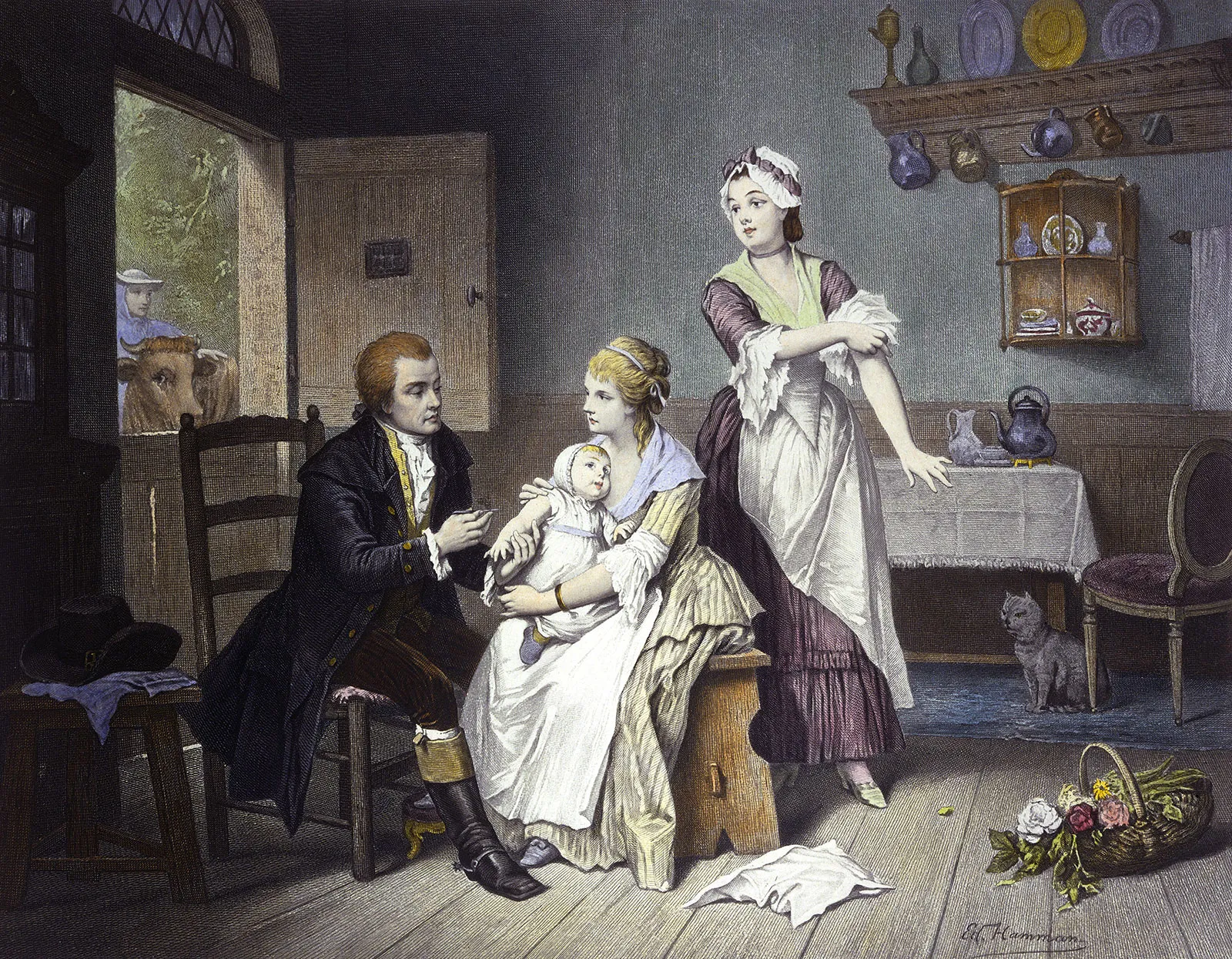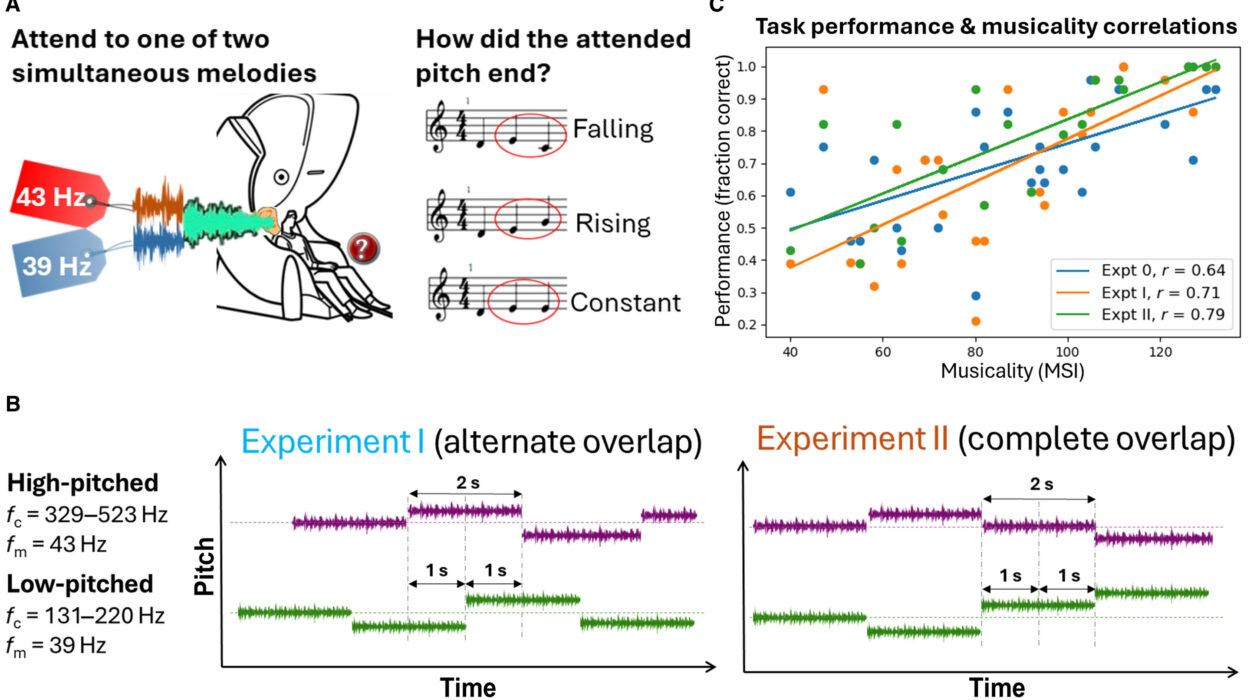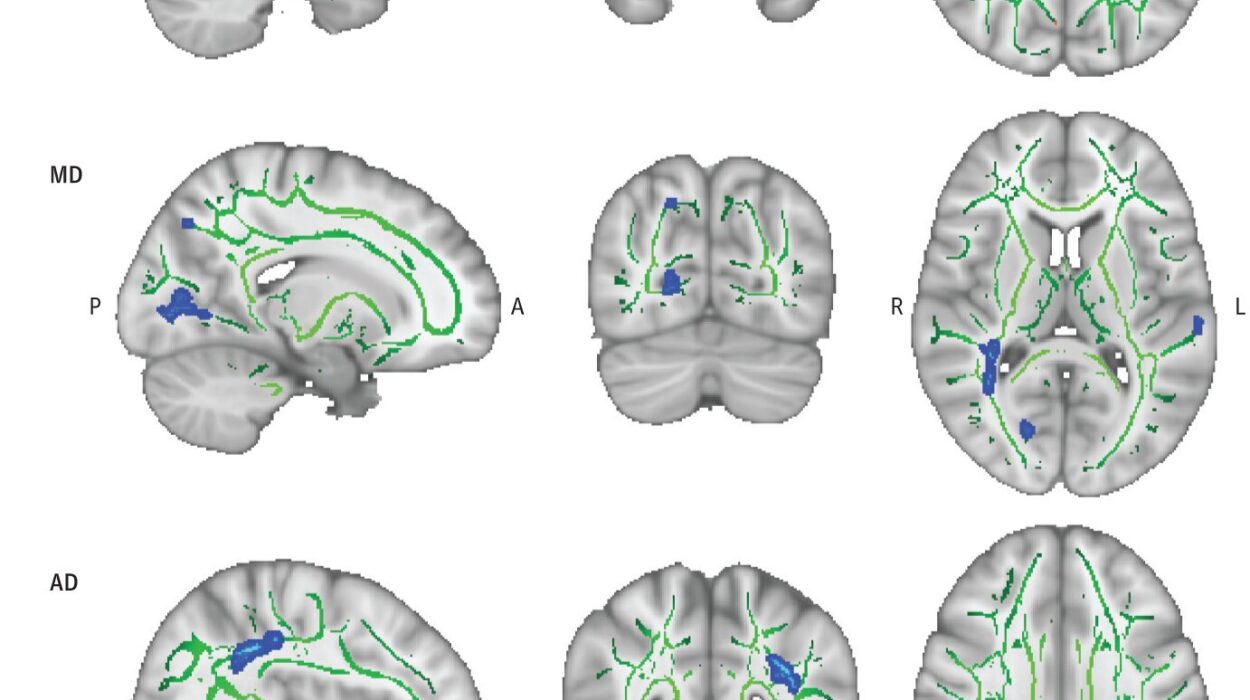Human beings have always waged a relentless battle against illness. From the moment early humans felt their first fever, suffered from broken bones, or watched loved ones succumb to invisible plagues, the pursuit of healing began. Medicine—the art and science of healing—was born from this struggle. It is a story that stretches across millennia, cultures, and continents. It’s the tale of how desperate remedies and divine rituals slowly evolved into high-tech miracles and precision treatments.
The journey of medicine is not just one of scientific discovery. It is a mirror reflecting humanity’s hopes, fears, and understanding of the body and the soul. From the ancient use of leeches and charms to the dazzling precision of surgical lasers and AI diagnostics, the history of medicine is a dramatic saga of trial, error, genius, and courage.
Ancient Medicine: Gods, Spirits, and Herbal Brews
In the earliest civilizations, medicine was deeply intertwined with religion and superstition. Disease was often seen as a punishment from the gods or the result of evil spirits. Healers were not scientists—they were shamans, priests, and wise elders who claimed access to divine or mystical knowledge.
In Mesopotamia, the cradle of civilization, medical texts like the Diagnostic Handbook from around 1000 BCE show an early attempt to distinguish between different types of ailments. But treatments still often involved incantations, amulets, and sacrifices. The Egyptians, meanwhile, blended medicine with meticulous observation. Papyrus scrolls like the Ebers Papyrus reveal detailed anatomical notes and herbal remedies for everything from toothaches to snake bites.
India gave birth to Ayurveda, a complex and holistic system that balanced bodily humors and emphasized harmony with nature. Traditional Chinese Medicine, centered around the concepts of yin and yang and the flow of qi, introduced acupuncture and herbal concoctions still used today. In Mesoamerica, Aztec and Mayan healers combined botanical knowledge with spiritual rituals to treat ailments.
One common theme across all ancient cultures was the reliance on nature. Herbs, roots, minerals, and animal parts were the primary pharmacy. Some remedies worked; others didn’t—but all were part of humanity’s first steps into the world of healing.
Hippocrates and the Greek Revolution
Around 400 BCE, in ancient Greece, a seismic shift occurred. A man named Hippocrates began teaching that disease was not caused by gods or spirits, but by natural imbalances in the body. This idea was revolutionary. It laid the foundation for rational, empirical medicine.
Hippocrates and his followers believed in the theory of the four humors: blood, phlegm, black bile, and yellow bile. Health depended on the balance of these fluids. Treatments aimed to restore this balance through diet, exercise, and occasionally more invasive methods like bloodletting.
Although the humor theory was wrong, it had one major merit—it focused attention on the body and observation. Hippocrates also promoted ethical medical practice. His legacy is enshrined in the Hippocratic Oath, a timeless promise that still resonates with physicians today: “First, do no harm.”
His ideas spread through Greece and Rome. The Romans, particularly the physician Galen in the 2nd century CE, expanded on Hippocratic thought. Galen’s writings dominated Western medicine for more than a thousand years. He dissected animals, cataloged anatomy, and built a vast medical system that combined philosophy with practice. Unfortunately, his errors also lingered, unchallenged, for centuries.
Medieval Medicine: Superstition and Survival
With the fall of the Roman Empire, much classical knowledge was lost in Western Europe. Medicine during the Middle Ages reverted to a blend of Christian theology, folklore, and ancient dogma. Hospitals were often monasteries. Illness was seen as divine punishment for sin, and healing was as much a matter of prayer as prescription.
Barber-surgeons—who cut hair and performed amputations with equal flair—carried out surgeries with crude tools and little knowledge of infection. Anesthetics were rare, and antiseptics were nonexistent. People endured excruciating pain and high mortality rates from even minor procedures.
One of the most infamous chapters in medical history came in the 14th century: the Black Death. This bubonic plague, carried by fleas on rats, wiped out up to 60% of Europe’s population. Physicians, wearing bird-like masks stuffed with aromatic herbs, tried desperately to combat the disease. Theories about its cause ranged from bad air to divine wrath.
But even in this dark age, knowledge flickered. In the Islamic world, medicine flourished. Physicians like Avicenna (Ibn Sina) wrote encyclopedias like The Canon of Medicine, which compiled Greek, Roman, and Arabic knowledge into systematic texts. Islamic hospitals introduced concepts like quarantine and medical ethics that would later influence the Renaissance.
Renaissance and Rebirth: The Body Revealed
The Renaissance, beginning in the 14th century, was a time of rediscovery and renewed curiosity. Artists like Leonardo da Vinci dissected corpses to better understand human anatomy. His notebooks, filled with stunning sketches of the heart, brain, and muscles, reflect a marriage of art and science.
In 1543, Andreas Vesalius published De humani corporis fabrica, a groundbreaking anatomical textbook based on human dissection rather than animal extrapolation. Vesalius corrected many of Galen’s errors and established anatomy as a rigorous science.
The printing press helped spread medical knowledge rapidly. Universities revived medical training, and physicians began debating and experimenting again. Paracelsus, a maverick Swiss doctor, rejected the four humors and promoted chemical remedies, laying the groundwork for pharmacology.
Still, treatments remained primitive by modern standards. Bloodletting and purging were common, and surgical tools were still brutal. But the Renaissance cracked open the door to modern science. The body was no longer a mystery—it was a system to be studied and understood.
Enlightenment and Empiricism
The 17th and 18th centuries witnessed a surge of scientific inquiry. The Enlightenment prized reason and observation over tradition and superstition. Medicine, too, began to evolve.
William Harvey’s discovery of blood circulation in 1628 transformed understanding of the cardiovascular system. He showed that the heart pumped blood in a closed loop—not produced in the liver as Galen had claimed. This revelation underscored the power of observation and experimentation.
Microscopes opened up new worlds. Antonie van Leeuwenhoek peered into a drop of water and discovered microorganisms. Though the link between germs and disease was not yet clear, it was a major step.
Vaccination, one of medicine’s most powerful tools, was born in this era. In 1796, Edward Jenner noticed that milkmaids who had contracted cowpox didn’t get smallpox. By inoculating a boy with cowpox, he proved that a mild infection could protect against a deadly one. Jenner’s work eventually led to the global eradication of smallpox.
The 19th Century: Pain, Germs, and Progress
The 1800s brought dramatic breakthroughs that reshaped every corner of medicine. First and foremost was the conquest of pain. Until then, surgery was an unspeakable ordeal. But in the 1840s, doctors began using ether and chloroform as anesthetics. For the first time, patients could be operated on without agony.
Next came the battle against infection. In the 1860s, Louis Pasteur developed the germ theory of disease, proving that microorganisms caused infection. His experiments with fermentation and vaccines revolutionized hygiene. Joseph Lister applied these ideas to surgery, using carbolic acid to sterilize instruments and wounds. Mortality rates plummeted.
Florence Nightingale transformed nursing from a low-status job into a profession rooted in discipline and compassion. Her work during the Crimean War emphasized sanitation and data-driven hospital care.
The invention of the stethoscope, the development of antiseptics, the classification of bacteria, and the rise of pathology all contributed to a new vision of medicine. It was no longer about guesswork—it was about science, data, and progress.
The 20th Century: From Antibiotics to Organ Transplants
Few centuries in human history witnessed such astounding medical progress as the 20th. At its dawn, tuberculosis, typhoid, and polio were deadly. By its end, many of these diseases were conquered or controlled.
One of the greatest breakthroughs was the discovery of antibiotics. In 1928, Alexander Fleming noticed that a mold called Penicillium notatum killed bacteria on a petri dish. This accidental discovery led to penicillin, which would save millions of lives in World War II and beyond.
Vaccines proliferated. Polio, once a terrifying childhood disease, was nearly eradicated thanks to the vaccines developed by Jonas Salk and Albert Sabin. New vaccines for measles, mumps, and rubella became standard in childhood immunization.
Medical imaging changed the game. X-rays allowed doctors to see inside the body. Later, CT scans, MRIs, and ultrasounds offered detailed views of organs, tumors, and injuries without surgery.
The discovery of DNA’s structure in 1953 by James Watson and Francis Crick (building on Rosalind Franklin’s work) opened a new era in genetics. Medicine was no longer confined to the symptoms—it could now probe the molecular code of life itself.
Surgical techniques became more precise and ambitious. The first successful kidney transplant in 1954 was followed by heart transplants, liver transplants, and even face transplants. Minimally invasive surgery, using fiber optics and robotic arms, reduced recovery times and scarring.
Public health campaigns tackled smoking, STDs, malnutrition, and mental health. Birth control pills revolutionized reproductive freedom. The field of psychiatry expanded, and new drugs transformed the treatment of depression and schizophrenia.
By the end of the century, medicine had become not only more effective but also more personal, more technological, and more global.
The 21st Century: Lasers, AI, and Personalized Medicine
In the new millennium, medicine continues its dizzying evolution. Lasers are now standard in surgeries, from correcting vision to destroying tumors. Robotic-assisted surgery allows for sub-millimeter precision. Genomic sequencing lets doctors tailor treatments to an individual’s genetic makeup.
Artificial intelligence is transforming diagnostics. Algorithms can now detect skin cancer, analyze X-rays, and even predict heart disease before it occurs. Telemedicine connects patients to doctors from their own homes. Wearable devices monitor heart rates, glucose levels, and sleep cycles in real time.
Regenerative medicine, including stem cell therapy and 3D-printed organs, promises to repair or replace damaged tissues. CRISPR gene editing offers hope for curing inherited diseases at their root. And while ethical challenges remain, the potential for personalized, predictive, and preventative medicine is staggering.
Global cooperation, too, has reached new heights. The rapid development of COVID-19 vaccines in 2020 demonstrated the power of international science. mRNA technology, once theoretical, became a lifesaving reality.
Yet challenges persist. Access to care remains unequal. Antibiotic resistance threatens to undo decades of progress. Mental health crises are on the rise. And pandemics remind us that nature still holds surprises.
Conclusion: The Journey Continues
The history of medicine is not just a march from ignorance to enlightenment—it is a reflection of human resilience, creativity, and compassion. We began with leeches and rituals, and now we wield lasers and decode genomes. Yet the core mission of medicine remains unchanged: to heal, to relieve suffering, and to understand the human body.
Each generation has added a chapter to this story. Our ancestors passed on herbs, tools, and theories. We have inherited their triumphs and mistakes. The future of medicine will undoubtedly bring wonders we can scarcely imagine. But it will also demand humility, ethics, and care.
In the end, the history of medicine is not just about doctors or diseases. It is the story of us all—our fears, our hopes, our ingenuity, and our endless quest for life.






